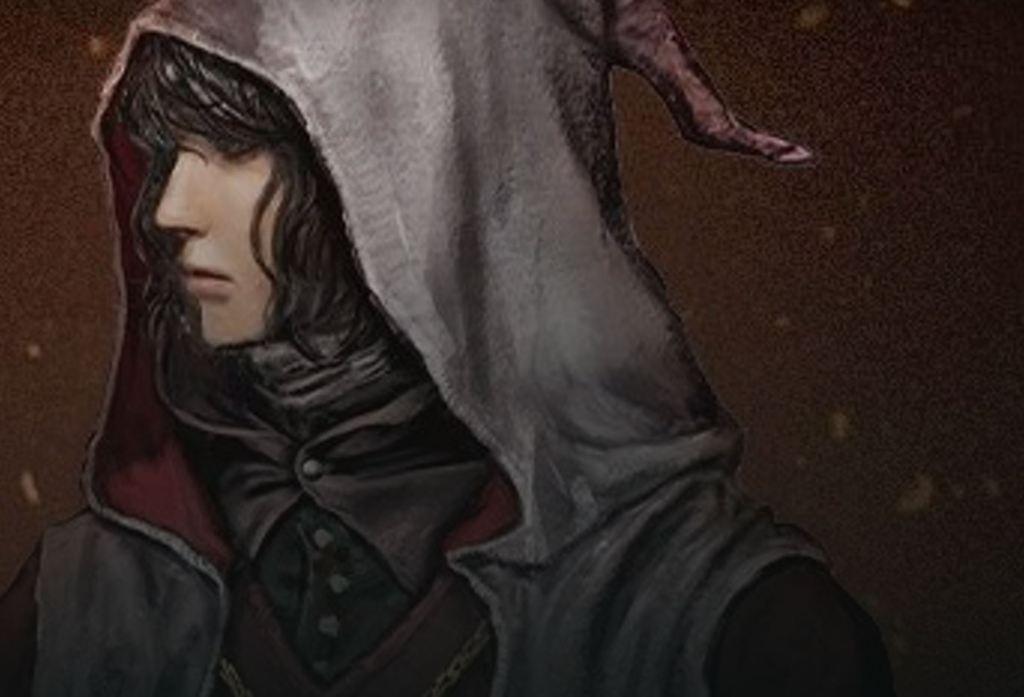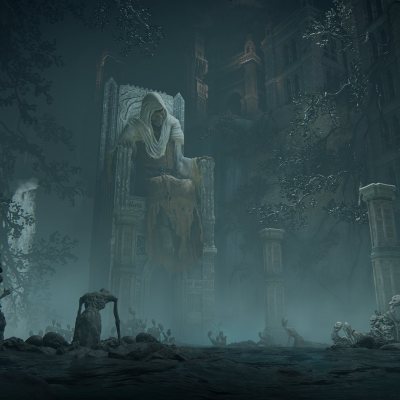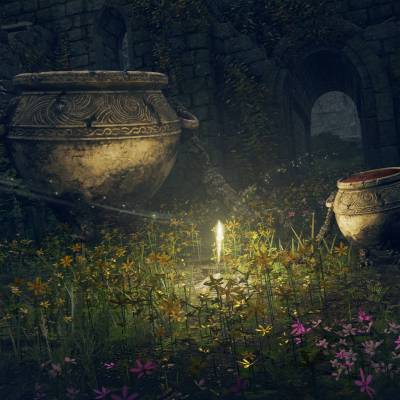It won’t be long into your Elden Ring adventure before you start thinking about leveling up your character and finding the best build for your starting class. After all, Elden Ring may allow you to build a character pretty much however you’d like, but there are some classes that are able to reach those endgame playstyles quicker and more efficiently than others.
While I really need to emphasize that one of the best ways to play Elden Ring is to experiment with the various character build options made available to you until you eventually find the style that not only works “best” but works best for you, it’s certainly possible to follow a general “roadmap” for building your character that will help you get the most out of them and ensure that you’re maximizing every stat point you get to spend and every item you acquire along the way.
So far as that goes, there are a few points I should clarify before diving into this guide:
- You won’t find a full breakdown of specific stat points in this guide, as its much more important to ensure that you’re leveling the “right” stats for your build along the way. How, exactly, you plan to distribute those stats depends on where you’re at in the game, what gear/spells you’re working towards being able to use, and what specific situations call for. If you need more information, this guide will help you better understand how certain stat thresholds impact your character’s growth.
- These are not the “only” ways to build your character. They’re just some of the most optimized and interesting builds that have been discovered so far.
- Don’t stress about finding every piece of gear listed under each build. It’s more imporant to gear your build in a way that supports its overall strategy and upgrade your equipment when possible along the way.
With that out of the way, here are some of the best Elden Ring builds for every class:
Elden Ring: Best Astrolger Build – Pure Mage
Primary Stats: Intelligence, Mind
Secondary Stats: Endurance, Vigor
Weapon: Azur’s Glintstone, Meteorite Staff, Lusat’s Glintstone
Armor: Raya Lucarian Sorcerer Set, Snow Witch Set, Alberich’s Set
Talisman: Radagon Icon, Erdtree’s Favor, Cerulean Amber Medallion
Spells: Swift Glintstone Shard, Comet, Loretta’s Greatbow, Carian Slicer, Glinstone Pebble, Comet Azur, Founding Rain of Stars
Ashes of War: Glintstone Phalanx
I’m opting for more of a pure Mage build with the Astrologer. You can certainly go with more of a sword-based “melee build” that will perform well, but there’s at least one other class that I think is better equipped for that style of play.
Stat-wise, you’re obviously going to want to focus on Intelligence and Mind in order to ensure you have the FP and power needed to get the most out of your spells, but do not overlook your Vigor and Endurance. Vigor is slightly less important (if you’re very confident in your ability to dodge and survive, that is), but you’ll probably want at least 20 points in it fairly early on. Since casting spells does drain your Stamina, though, you will want to make sure that you have enough to work your way through your rotation.
You have many great options when it comes to your choice of weapon, but I’ve highlighted a few of the best staffs in the game. The Meteorite Staff can be acquired fairly early on and scales incredibly well with your most important stats, and Azure’s Glinstone really starts to shine as you upgrade it. Lusat’s Glintstone is a bit of a wildcard. It does make your spells more powerful, but it also makes them cost more FP. If you’re confident in the size of your mana pool, it’s a great option.
Your choice of armor is also entirely up to you. The Raya Lucarian Sorcerer Set is going to carry you for a long time, but you may want to eventually hunt down the other sets as you proceed towards the end game.
You absolutely want to find the Radagon Icon Talisman as soon as possible (it reduces your global spell casting time), and it’s hard to argue against the fact that Erdtree’s Favor raises your max HP, Stamina, and equipment load (which means you have to spend fewer skill points on vital secondary stats). Meanwhile, Cerulean Amber Medallion simply raises your FP.
I’ve also recommended an ideal arsenal of late-game spells, but the general message here is that you want to have a “quick” cast spell such as Glinstone Pebble, a powerful and slow spell like Comet, some kind of magical melee weapon to summon, and, preferably, some kind of magical bow. I also love Founding Rain of Stars as an AOE attack. As long as you ensure that you’ve got a little bit of everything, though, you should be good to go.
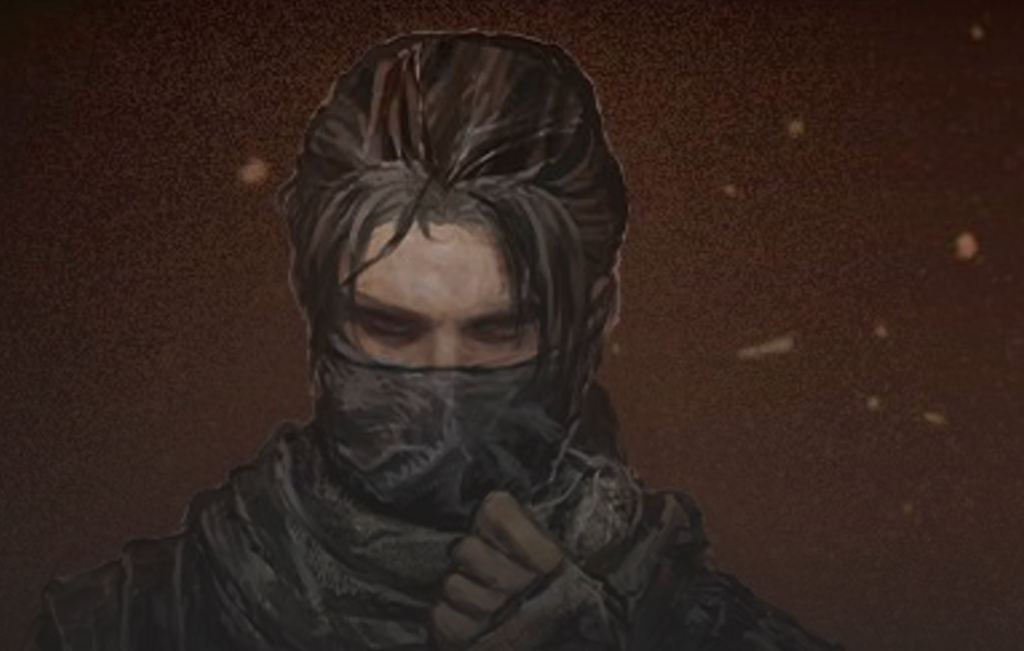
Elden Ring: Best Bandit Build – The Bleeding Bandit
Primary Stats: Dexterity, Endurance
Secondary Stats: Vigor, Arcane
Weapon: Reduvia, Shortbow
Armor: Royal Remains Set, Land or Reed Sets, Exile Set, or any of the best Light Armor sets available
Talisman: Lord of Blood’s Exultation, Arrow’s Reach Talisman, Kindred of Rot’s Exultation
Ashes of War: Bloody Slash (optional depending on weapons)
Bow builds for Bandits are obviously going to be popular, but I’m going to take a sudden step in a different direction and recommend that you try out a “bleed” build. Not only is the bleed effect in Elden Ring surprisingly strong, but it’s pretty fun to learn to play the game that way.
Reduvia is really the heart of this build. You can pick it up early, everything about it is designed to make opponents bleed as much as possible, and it scales very well with your character. You can opt for any other weapon that causes a bleed effect (or just rely on Blood Grease, Ashes of War, and other supplementary bleeding abilities), but Reduvia is hard to replace.
I’m opting for a Short Bow for this build, but your choice of bow kind of depends on the specifics of your build and what you acquire along the way. It’s more about what arrows you acquire and how you learn to incorporate the bow into your attack strategy. You can even opt for a heavier bow if you learn to become a little more comfortable with it and don’t mind raising your Strength.
Your choice of armor is also very much up to you. I love the Royal Remains set if you can deal with the slight increase in weight, but you will likely be upgrading your gear throughout the game as you find new light armor options. Your guiding light is to keep your weight low so that you can maximize the effectiveness of your dodge.
The stats distribution for Bandit is a bit tricky. Dexterity is almost certainly the big one regardless of what you do, but the rest really depend on your preferences and what equipment you go for. I tend to favor Endurance due to its versatility and interaction with the Hemorrhage effect, but you’re always going to want some additional Vigor, and Arcane is surprisingly valuable for Bandits given how much they will rely on crafting and some of that stats’ other sneaky benefits.
Lord of Blood’s Exultation increases your attack power whenever blood loss occurs in the vicinity, so it’s obviously a must-have. Arrow’s Reach increases the range of your arrow attacks, and Kindred of Rot’s Exultation will increase the effectiveness of your poisons. Of course, you can always opt for more general use Talismans that increase your stats.
You probably don’t need Ashes of War if you’re using Reduvia, but Bloody Slash is a fantastic option for those looking to utilize a different weapon and increase its bleed capabilities.
With this build, you’re basically trying to maximize the number of attacks that produce some kind of bleed effect or poison effect. With the right tools, the right gear, and a lot of practice, you can really wear down even the most resistant enemies. It’s also incredibly annoying to deal with this build in PvP scenarios.
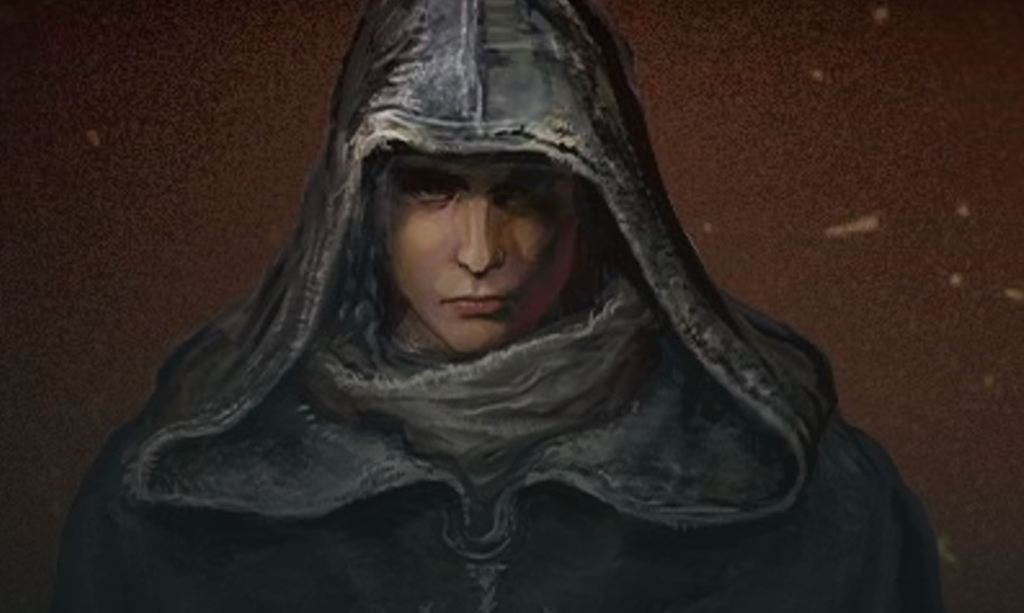
Elden Ring: Best Confessor Build – The Angel of Death
Primary Stats: Faith, Vigor
Secondary Stats: Mind, Dexterity/Strength
Weapon: Sacred Scythe, Winged Scythe, Godslayer’s Seal, Shield (Your Choice)
Armor: Best Light Armor available to you
Talisman: Radagon Icon, Two Fingers Heirloom, Radagon’s Soreseal
Spells: Lightning Spear, Urgent Heal, Flame of the Fell God, Frozen Lightning Spear, Black Flame
I was ready to talk about how to turn a Confessor into a Paladin in Elden Ring, and then I found this fascinating build from YouTuber Moxsy that I just had to share.
The primary goal of this build is to get to 40 Faith as soon as possible through stats, gear, and Talismans. Once that happens, you’ll be able to use the full range of incantations required to turn this class into an absolute monster. This build is really all about casting big spells that cover a wide range of weaknesses/attack windows in order to maximize the damage you’ll deal against bosses and other tough encounters(which is why the Godslayer’s Seal is there). While you’ll probably be relying on your Faith-based weapons a little less, they will help you with lesser enemies and will also allow you to squeeze in extra damage against bosses. For the most part, though, you’re going to depend on those big incantations, so feel free to play around with the melee options a bit.
The same is true of your armor and Talismans. While I agree with the Talismans that Moxsy suggests, you’ll be able to mix and match those a bit as you progress. The same is true of this build’s armor, which certainly needs to be kept “light,” but can be upgraded as you work your way through the game.
While I think that there’s another build we’ll talk about later on that also makes the most out of Elden Ring’s valuable Faith stat and the Incantations it enables, this is a fascinating option that utilizes the Confessor’s generous stat distributions to quickly turn that character into a magical monster that doesn’t need to sacrifice quite as much early game damage.

Elden Ring: Best Hero Build – “The Barbarian”
Primary Stats: Strength and Endurance
Secondary Stats: Vigor and Dexterity
Weapon: The Colossal Weapon of your choice (I recommend Troll’s Hammer, Dragon Greatclaw, Gargoyle’s Blackblade, or Grafted Blade Greatsword)
Armor: Radahn’s Armor, Crucible Set, Elden Lord Set, the best Heavy Armor available
Talisman: Green Turtle Talisman, Erdtree’s Favor, Crimson Seed Talisman
Ashes of War: War Cry
I really wanted to think outside of the box with the Hero class and maybe recommend a “tank build,” but the truth of the matter is it’s hard to pick Hero and not slowly work your way towards a classic “barbarian” strategy.
This is a pretty straightforward build, which is honestly part of its charm. Your basic strategy revolves around beefing up your Strength and Endurance (with Vigor close behind) and charging into battle while two-handing a massive weapon and wearing the heaviest armor possible. Every strike is going to deal absurd amounts of damage, and your armor is going to absorb a lot of punishment. It’s about what you suspect it is in a lot of ways.
Where this build gets a little more interesting is when you play with the finer details.
For instance, there are a variety of incredible Colossal Weapons available to you throughout Elden Ring (and you’ll have to upgrade them as you go), but your exact choice of weapon is going to help determine some of the more subtle elements of your playstyle as well as what kind of Ashes of War you’re able to equip. War Cry is the obvious starting choice so far as that goes, but there are some fascinating attack-based Ashes that this Hero build is uniquely capable of utilizing due to their high base stats.
You’ve also got quite a lot of room to play with your Talisman choices, though you will probably end up valuing anything that helps your max Stamina/Stamina regeneration. You can certainly increase your Stamina through stats, but you can never have enough of it.
Your choice of armor really depends on what pieces you are able to acquire when, which, again, is kind of the fun thing about this class. Their absurd Strength and Endurance mean that they’re able to equip and effectively use so many weapons and so much gear that other classes would never be able to touch. This build is all about going big.
On that note, you might want to eventually start putting some points into Dexterity, Faith, or Intellect in order to expand the number of weapons available to you throughout the game. Some amount of Dexterity is pretty much a given with this build, and I tend to recommend building your Faith over your Intellect due to the fact that some truly incredible weapons require slightly higher Faith stats. If you’re willing to sacrifice the “theme” of this build, though, you can access some powerful swords by raising your Intellect.
Read more
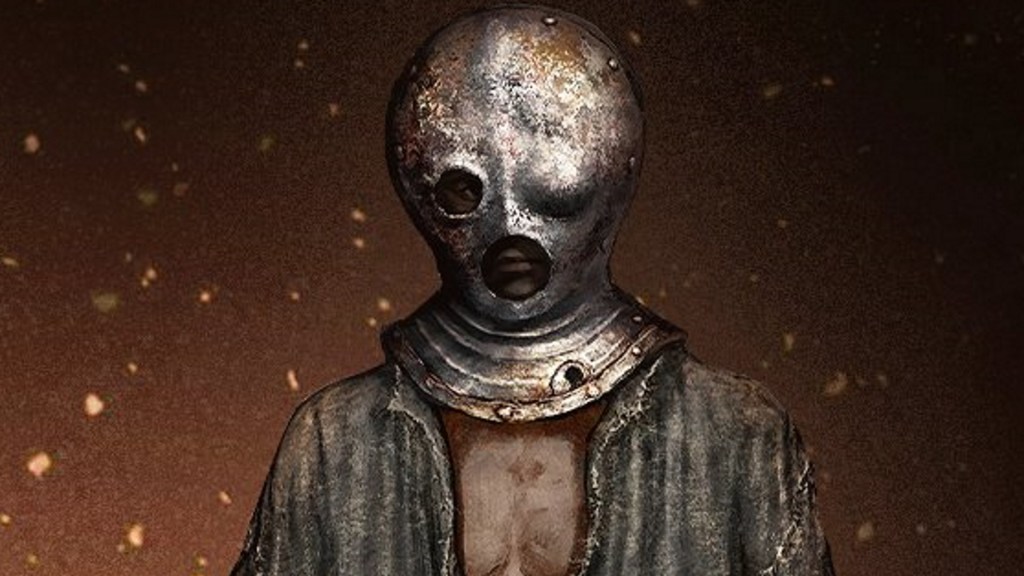
Elden Ring: Best Prisoner Build – The Mageblade
Primary Stats: Intelligence, Vigor
Secondary Stats: Mind, Dexterity
Weapon: Estoc, Crystal Knife, Demi-Human Queen’s Staff, Rogier’s Rapier, Meteorite Staff
Armor: Raya Lucarian Sorcerer Set, Sage Set, Errant Sorcerer Set
Talisman: Radagon Icon, Graven-School Talisman, Winged Sword Insignia, Cerulean Amber Medallion
Spells: Rock Sling, Swift Glinstone Shard, Glinstone Pebble, Glinstone Arc, Carian Slicer, Scholar’s Armament,
Ashes of War: Glintblade Phalanx
If you really want to do something interesting and different with the Prisoner class, I recommend trying to spec into a Greatsword/Magic build that eventually leads to you using the Dark Moon Greatsword (essentially Elden Ring‘s Moonlight Greatsword). However, playing like that does require you to manage an awkward balance of Strength and Intellect. You’ll most likely have to respec your character into that kind of build later in the game.
Until then, go with the classic “Spellsword” design. This build relies on melee and magic somewhat equally, which can certainly be difficult to manage from a resource perspective but may just be the most effective overall build in the game due to the way it is able to respond to so many combat scenarios.
The core elements of this build are a fast sword, a good staff, a lot of Intelligence, and a healthy blend of Mind, Vigor, and Dexterity. While you will tend to use spells to wear down most opponents, this build is more than capable of utilizing quick melee strikes to help them converse FP. That being said, you will be weaving magic into nearly every fight either as a direct attack or enhancement.
I tend to recommend Rogier’s Rapier as it comes equipped with my preferred Ashes of War, but any fast sword (and a couple of daggers) will work well with that strategy. The same is true of your staff, which has to be capable of keeping up with your needs but shouldn’t require you to put some many points into Intelligence that you sacrifice your melee versatility.
You’ve also got quite a lot of room to play with your Talisman selections, though I tend to recommend anything that helps you conserve FP. That said, the Winged Sword Isignia (which increases your attack power with each strike) works very well with a fast weapon.
For spells, you’re definitely going to want to get Scholar’s Armament (it’s one of the pillars of this build) as well as a variety of spells that can be cast quickly so that you’re able to easily weave them into a fight. That said, having access to a couple of slower spells that you’ll use to start a fight and deal with enemies that are a little further away is always a good idea.
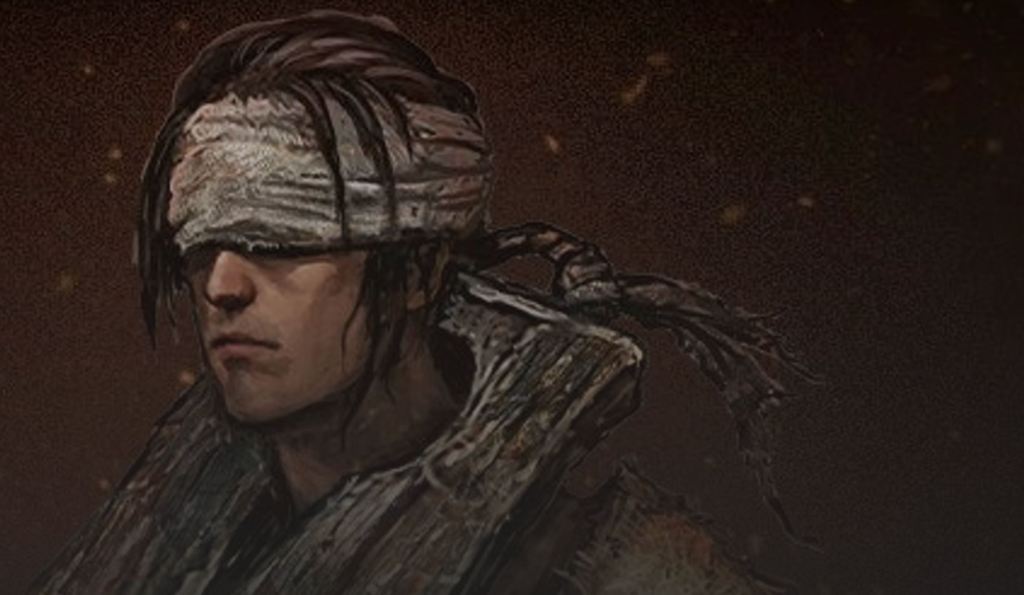
Elden Ring: Best Prophet Build – The Dragon
Primary Stats: Mind, Faith
Secondary Stats: Vigor, Arcane
Weapon: Winged Scythe, Dragon Communion Seal, Finger Seal, Shield (your choice)
Armor: Sage Set, Alberich’s Set
Talisman: Radagon Icon, Carian Filigreed Crest, Faithful Vangas Talisman
Spells: Catch Flame, Dragonfire, Flame of Frenzy, Black Flame, Black Flame Blade, Dragonclaw, Dragonfire, Agheel’s Flame,
Ashes of War: Sacred Blade
Elden Ring doesn’t allow you to “choose” a pyromancer right from the start as some Soulsborne games do, but the Prophet can fairly easily be built in a way that almost allows you to turn them into a dragon.
After investing heavily into Mind and Vigor, you’re going to want to start raising your Faith and Arcane stats while relying on Catch Flame and Dragonfire. These abilities are going to carry you through a lot of early fights (Catch Flame for larger enemies and Dragonfire for groups of enemies) until you’re able to find the Dragon Communion Seal and focus more on some of the powerful fire spells it boosts. Flame of Frenzy is also an essential ability regardless of what you end up doing with the rest of this build.
On that note, you do have a lot of room to experiment with this build’s armor, weapons, and Talismans. In all cases, you’ll want to look for things that boost your incantations, help you converse FP, and anything that scales well with Faith. The Sacred Blade Ashes of War is particularly valuable so far as that last part goes, as it produces a lingering Faith effect that enhances your melee weapon.
Since the vast majority of your damage will come through your incantations, every other decision you make in regards to this character’s growth should help them stay alive and help them maximize their FP and damage potential.
It does take a little while to get this build where it needs to be, but I can assure you that the results are worth it.
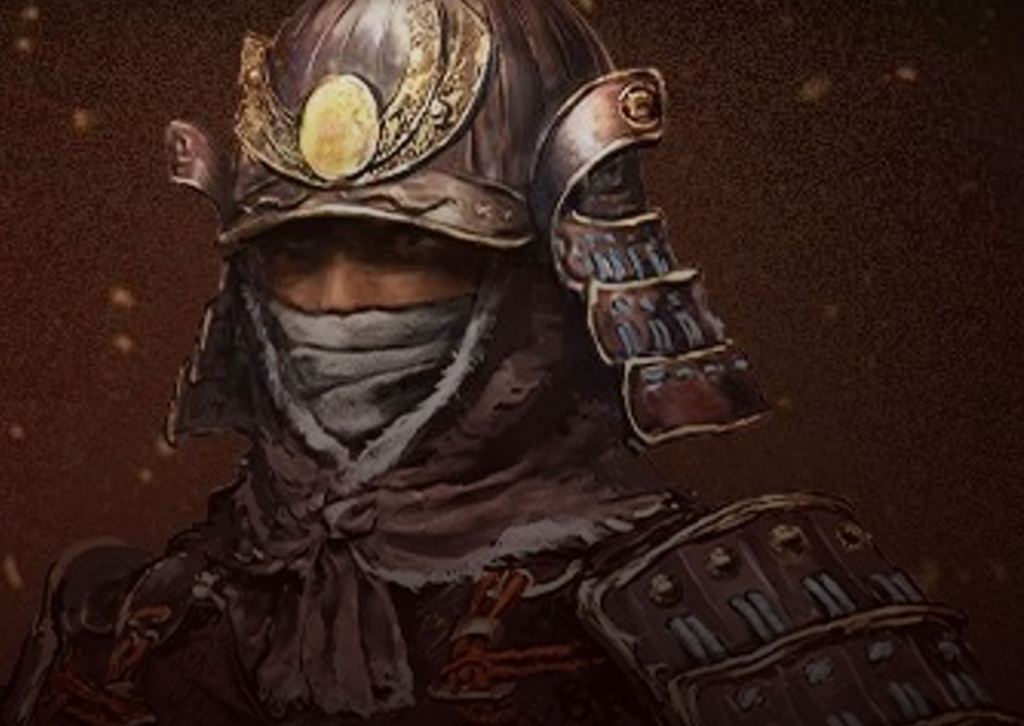
Elden Ring: Best Samurai Build: The Sellsword
Primary Stats: Dexterity, Vigor
Secondary Stats: Endurance, Mind
Weapon: Uchigatana, Rivers of Blood, Longbow, Lion Greatbow
Armor: Briar Set, Raging Wolf Set
Talisman: Lord of Blood’s Exultation, Arrow’s Reach Talisman, Erdtree’s Favor
Ashes of War: Keen Ash of War, Unsheathe, Mighty Shot, Enchanted Shot
The “bad” news is that the best way to play as a Samurai in Elden Ring is to play like a Samurai. The class starts off pretty close to where it ultimately needs to be. The good news is that happens to be a powerful and fascinating way to play the game.
You really don’t have to stray too far from your starting equipment and stats with this build, as you’re going to be focusing on getting the most out of your Katana and bow. While there are certain upgrades you will find along the way, most fights will see you pick at enemies with your bow and finish them off with your sword (if they even make it that far). For bosses, you’ll likely need to rely on summons more than other classes might (they’ll help you work in more range attacks), but once you learn how to swap between quick, bleed-enhanced strikes, and your bow, you shouldn’t have too many problems with most encounters.
The big question with this build is what to do about your shield. If you really want to spec into Strength over Mind, you can certainly carry and use a shield with you during most fights. However, I tend to recommend learning to live without a shield whenever possible, as this build really shines once you learn to balance ranged attacks and quick strikes.
Speaking of which, your armor and Talismans should allow you to maneuver effectively and maximize your damage potential via the basic strategies outlined above. Lord of Blood’s Exultation is kind of a “must-have,” but everything else is up to you.
It’s also worth noting that this build is far more capable in mounted combat situations than a lot of other classes, so be sure to take advantage of that option whenever possible.
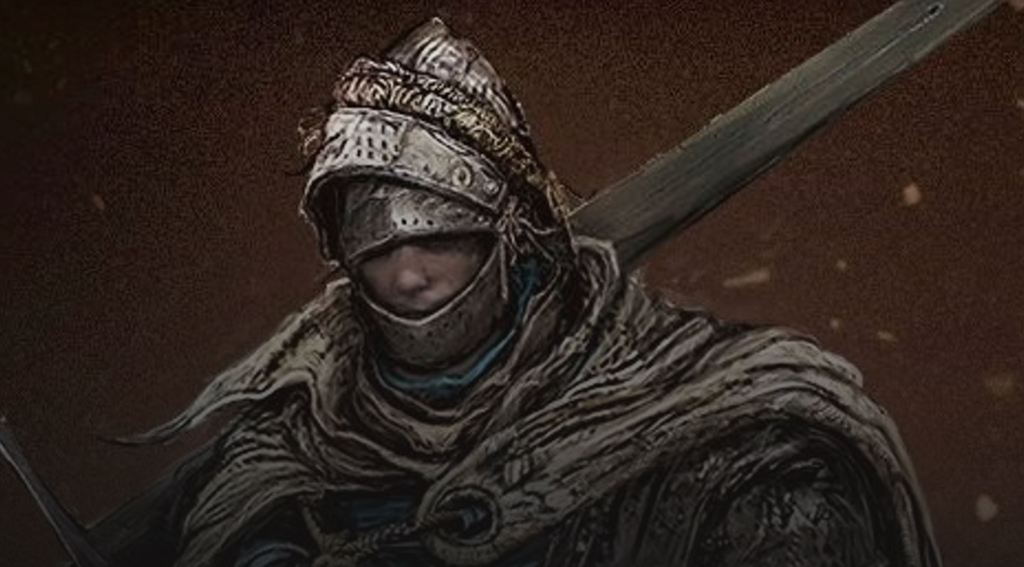
Elden Ring: Best Vagabond Build – The Pure Tank
Primary Stats: Strength, Vigor
Secondary Stats: Endurance, Dexterity
Weapon: Lordsworn’s Greatsword, Gargoyle’s Greatsword, Bastard Sword, Colossal Weapon (your choice), Spiked Shield, Dragonclaw Shield, Greatshield (your choice)
Armor: Bull-Goat Set, Radahan’s Set, Lionel’s Set, Crucible Axe Set
Talisman: Erdtree’s Favor, Starscourge Heirloom, Green Turtle Talisman
Ashes of War: Endure, Square Off, War Cry, Cragblade
You really can take the Vagabond in a few interesting directions depending on your preferences, but it’s a lot easier to get the most out of this class if you learn to love that tank life and make the most out of the game’s best shields.
Strength is a no-brainer when it comes to this class, and I think that Vigor and Endurance are arguably tied so far as the next most important stat goes. Dexterity is also kind of a must in this build, though you won’t be relying on it as much as you will for other classes.
When it comes to your weapon, armor, and shield, you have a lot of options to work with. I think you’re eventually going to want to work your way towards equipping a Greatshield and some kind of large weapon (preferably a Greatsword), but if you find a slightly smaller weapon that you feel comfortable using, don’t feel like you have to abandon it just because. You can make a lot of weapons work once you have the right shield.
That’s why it’s much more important to find the strongest shield you can possibly find and continue to upgrade it and swap it with better options. Vagabond is in a fantastic position to make the most out of a shield and “ignore” their dodge roll more often than other classes (which is why you’re also looking for the best heavy armor), and once you’ve built and geared your character in the proper way, you really can use your shield to eat absurd amounts of damage. You’re also going to need to learn how to parry and guard counter effectively if you’re going to deal as much damage as possible.
That’s also why you may want to focus on Stamina buffing Talismans as often as you can, though I ultimately favor a healthy mix of Talisman boosts that will make you a more well-rounded tank.
Picking your Ashes of War is a bit trickier. Endure and Square Off are natural tanking options, while War Cry and Cragblade can help get you through fights a bit quicker. Generally speaking, I tend to value boosts over special attack abilities with this build, but you’re basically looking to feed into your primary strategy of eating damage, getting the most out of your Stamina, and using big attacks (or a succession of smaller attacks) during brief battle windows.

Elden Ring: Best Warrior Build – The Dual-Wielding Whirlwind (Greatswords Optional)
Primary Stats: Vigor, Endurance
Secondary Stats: Dexterity, Strength
Weapon: Starscourge Greatsword, Magma Wyrm’s Scalesword, Scimitar, Dual-Wield Weapons of Your Choice
Armor: Bull-Goat Set, Hoslow’s Set, Radahan’s Set
Talisman: Great-Jar’s Arsenal, Erdtree’s Favor, Green Turtle Talisman
Ashes of War: Quickstep, Storm Blade, Sword Dance, Spinning Slash
The best reason to play as a Warrior is the ability to instantly dual-wield weapons, which means that you’ll absolutely want to work your way towards this kind of dual-wield build that is all about becoming a whirlwind of death.
The big question you need to answer before proceeding with this build is whether or not you want to dual-wield smaller weapons or larger/heavier ones. If you’re looking to eventually use large weapons, you’ll need more Strength. If you’re fine with smaller weapons, go for Dexterity, Endurance, and Vigor over Strength.
Both are certainly viable, though I tend to prefer the “Greatsword” route because it looks incredibly cool, is a lot of fun to play with, and allows you to really pump some impressive damage numbers. That said, it might be a slightly better option for Hero players, and using Katanas or Scimitar lets you get your attacks in quicker.
Regardless, this build basically asks you to use your special “L1/LB” dual-wield attack as often as possible (preferably while jumping or after rolling). While you might want to carry a shield with you for certain scenarios, this is a very aggressive playstyle that demands you find a way to carry multiple weapons, slightly heavier armor, and still be able to maximize your Stamina and dodge roll effectively. That’s why I tend to value Talismans that help with your Equipment Load and Stamina, though you have a lot of room to play with so far as the specifics go.
If you’re going with smaller, quicker swords, I highly recommend looking into the Storm Blade and Sword Dance abilities (Storm Blade works especially well with this build). Otherwise, consider using Quickstep as an additional way to avoid damage.
This is a mechanically demanding build that takes a lot of practice and patience, but it can absolutely shred through most of the challenges this game will throw at you.
Alternatively, I can easily recommend this powerful dual-wielding “bleed build” that relies on quick strikes and a whole lot of crimson crits.
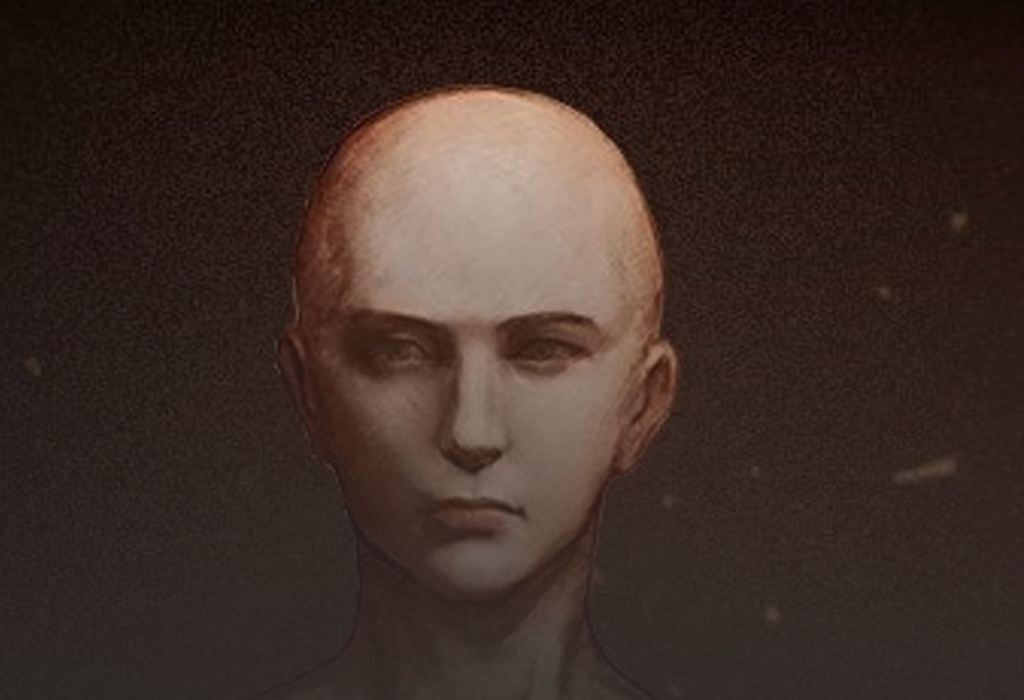
Elden Ring: What is the Best Wretch Build?
I thought about recommending a Wretch build, but the beauty of that class is that they’re kind of a blank slate testing ground that can be taken in pretty much any direction you’d like to take them in.
There’s no “optimal” way to build a Wretch (unless you really want to get into how to make them as powerful as possible as early as possible through early gear drops), so in the spirit of the class, I’d recommend trying to turn a Wretch into any of the builds described above or perhaps even a balanced build that allows you to explore a little bit of everything.
Having said all of that, I do find that Wretches are usually a pretty good option if you’re looking for a “Spellsword” build due to their even stat distribution and how that lets you really focus on the wide array of stats that build requires a bit more evenly.
